With all sorts of portable music players, we can now listen to music anytime and anywhere. Before the invention of phonograph in the 19th century, people can only listen to music live, which inspired scientists to invent a device to capture music. Let me walk you down the memory lane, and relive the history of phonograph.
In 1875, a French inventor, Leon Scott invented ‘phonautograph’. The device records sound wave on a piece of paper. A patent was also granted for it in France. Sadly, this device only captures sound wave but is unable to play it out and therefore has never become popular.
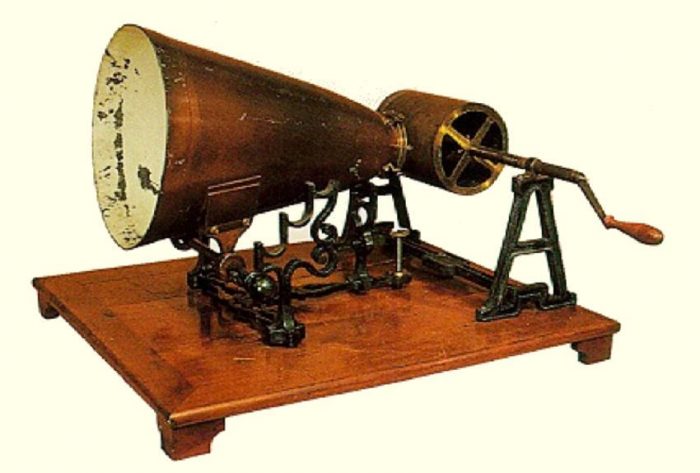
Later in 1877, American inventor whom we all know, Thomas Edison, invented phonograph, which is a device that transfers sound energy to kinetic energy, and thus, moves a metal needle and records the wave shape on a cylinder-shaped silver rod. However, it damages the rod a lot when transmitting sounds, only allowing the waves to be played twice or at most, thrice.
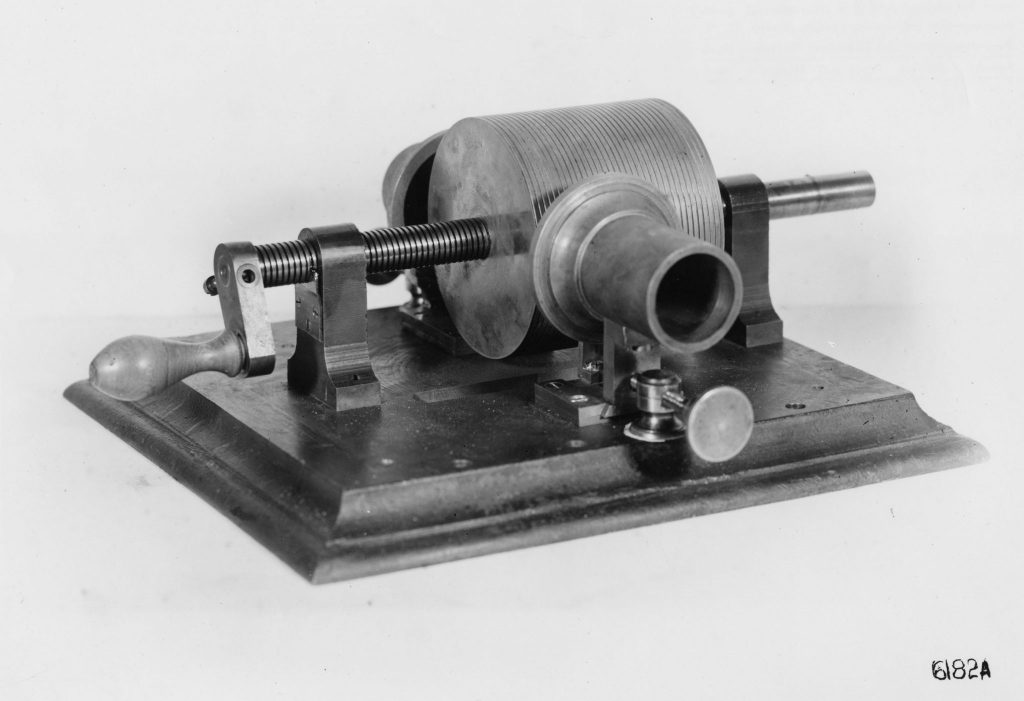
To test the device, Edison read out the lyrics of Mary had a little lamb, ‘Mary had a little lamb. whose fleece was white as snow,’to examin whether it can successfully record the sound and play it out. Of course, it was a huge success!
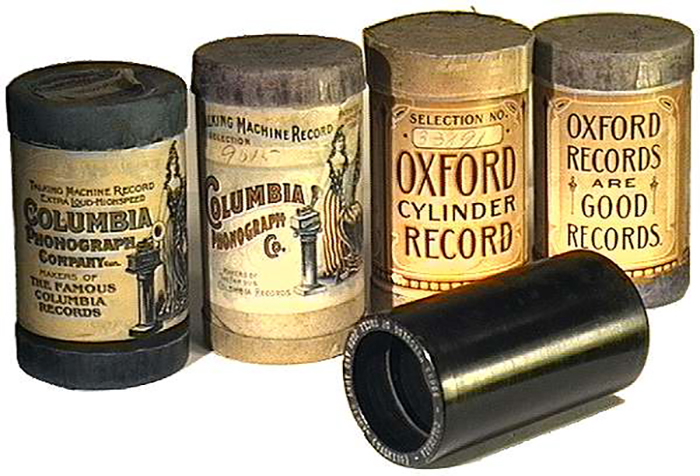
In 1878, Edison even established Edison Phonograph Co.
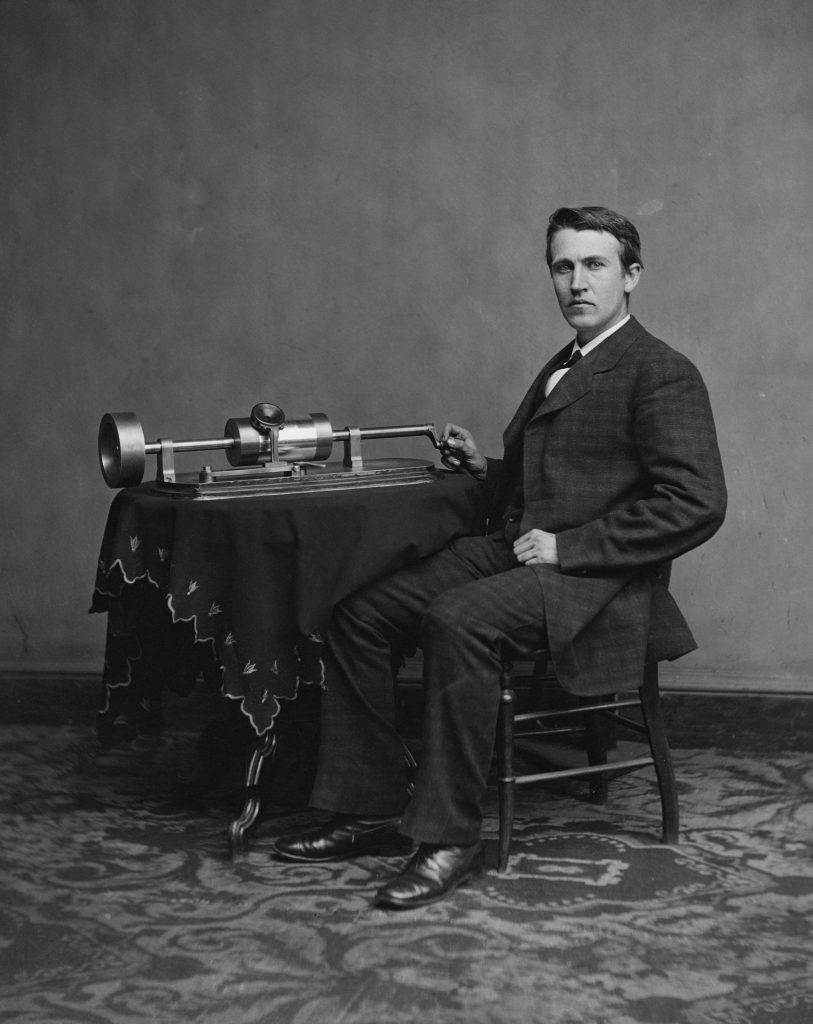
After a few years of the invention of phonograph, the prototype was being modified and new versions were inspired.
In 1887, Alexander Graham Bell, the inventor of telephone, invented graphophone. He wiped wax on the metal rod of Edison’s prototype and changed the broadcasting source to a gem needle. Not only can this reduce undesired sound from the device, it can also reduce the chances of damage, so the rod is able to be reused for a couple more times.
In the same year, German inventor Emil Berliner also developed gramophone record with a patent granted, which intrigued the inventions of CD and DVD later in history.
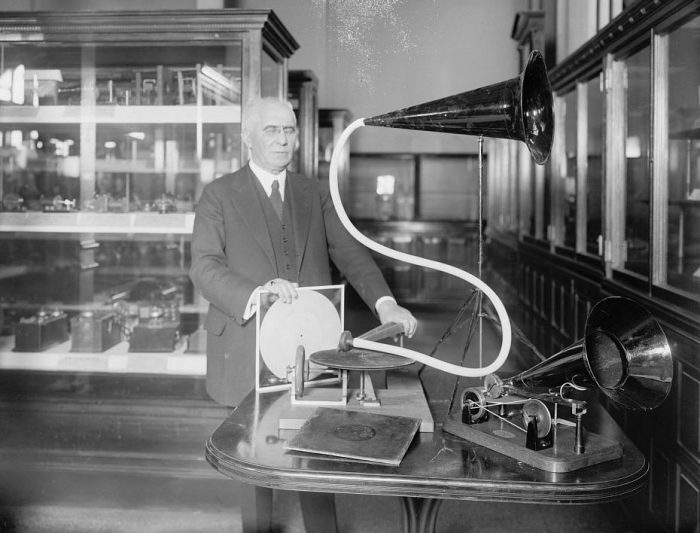
In 1888, Edison modified the machine with a wax-like cylinder which is capable of recording for two minutes long. The motor was modified from driven manually to be driven by electricity.
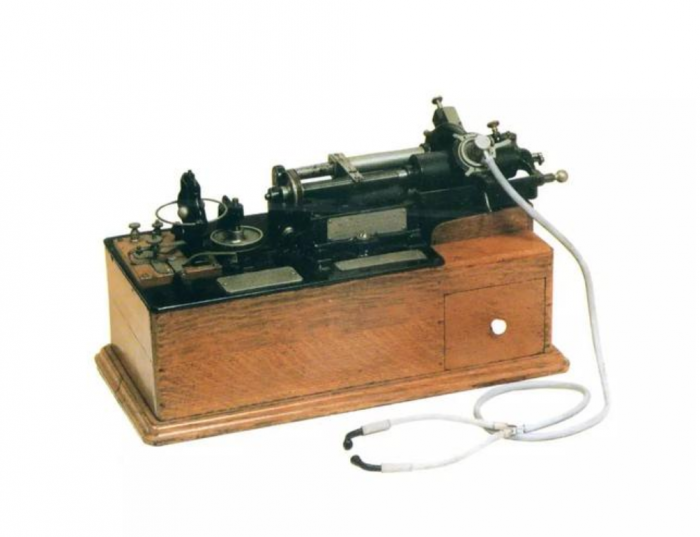
In 1891, Emil Berliner successfully created a disc made of shellac. In 1893, this kind of disc started to produced in bulk. As it has a lower cost than the cylinder, it is easier to be recreated. In the perspective of merchants, this raises the revenue. Therefore, the cylinder version was soon replaced.
Later on, other countries have started to produce discs with variations, for instance 33/1/3 rpm, 45 rpm, 78 rpm lengths, with rpm as the unit for the speed of the spinning discs, or the number of circles the discs can turn in a minute.
Eventually, with more advancement in gramophone records, cylinder shaped discs were eliminated and replaced. We have to give credits to these inventors, for without them, we will never be able to enjoy all the good music whenever, wherever we want.


